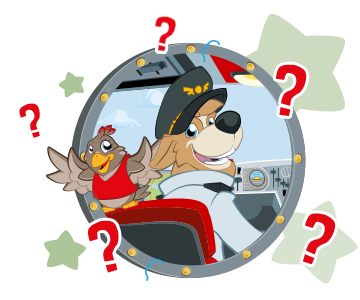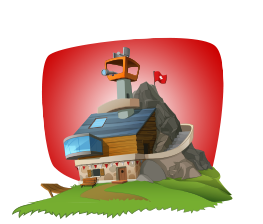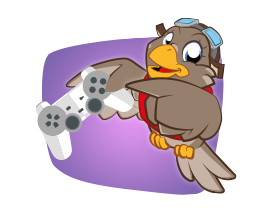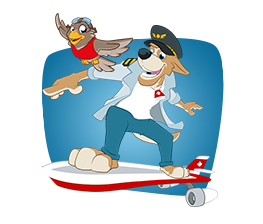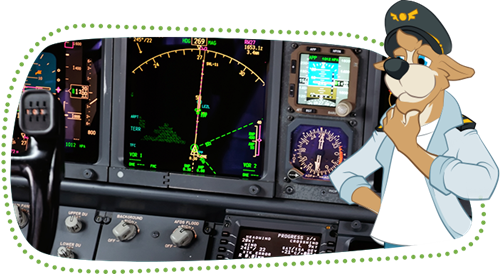
Bernie: "Hello, Enzo! Radars are really exciting - and very practical. Lexi and I will gladly explain to you how they work and what they are used for."
Lexi: "First of all you have to know that a radar sends out so-called electro-magnetic waves. What that is? Electro-magnetic waves are a type of radiation.
There are many different types of radiation, for example sun rays: You can see the light and feel the warmth. But there is also radiation that you can neither see nor feel - like electro-magnetic waves for instance."
Bernie: "So, a radar constantly emits these rays. When they hit an obstacle, like a mountain or an airplane, they are "reflected", that means they are thrown back.
Imagine it like a ball that you throw against a wall: It can't fly through the wall, so instead it bounces back off the wall. That is precisely what happens with the rays. The radar picks up the rays that come back again - in the same way that you can catch the ball you threw that bounces back from the wall."
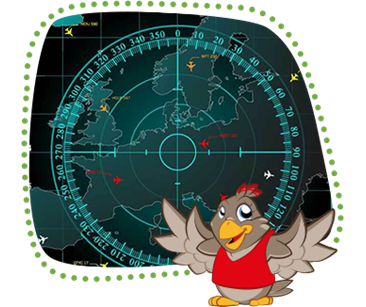 Lexi: "The radar not only uses these rays that have been reflected back to recognise where the object is located that the rays have hit, but also how big it is."
Lexi: "The radar not only uses these rays that have been reflected back to recognise where the object is located that the rays have hit, but also how big it is."
Bernie: "Incidentally, radars are used for a wide range of purposes. The air traffic controllers at the airports read from their radars for example which airplane is where, how fast it is flying and at what altitude. This enables them to make sure the airplanes don't come to close to each other.
There is usually a weather radar in the airplanes themselves. It shows the pilots among other things areas of bad weather - depending on how hard it is raining for example, they can see this on the radar as different coloured areas.
As you can see, radars are a great invention that help us to retain the overview in many situations!"

